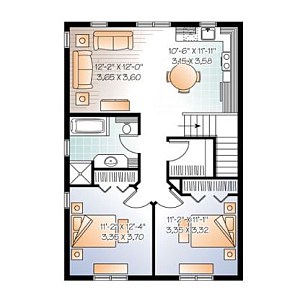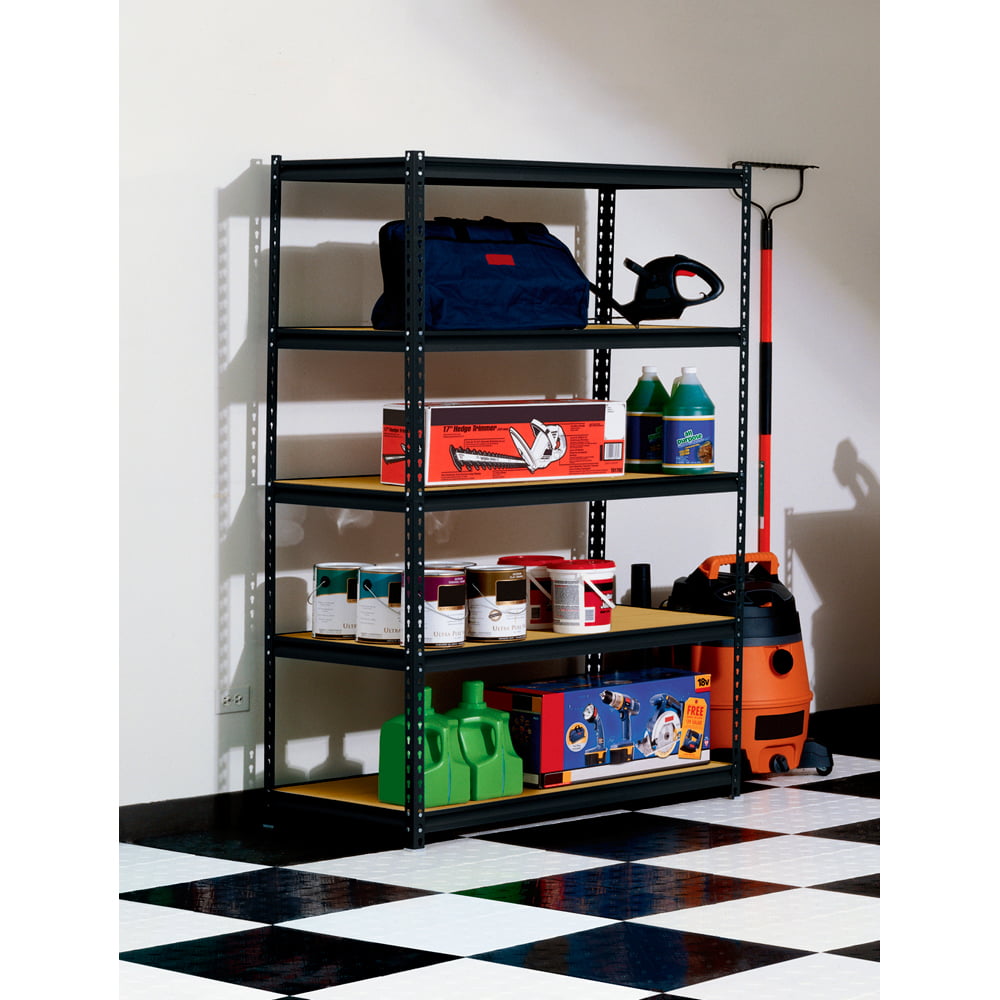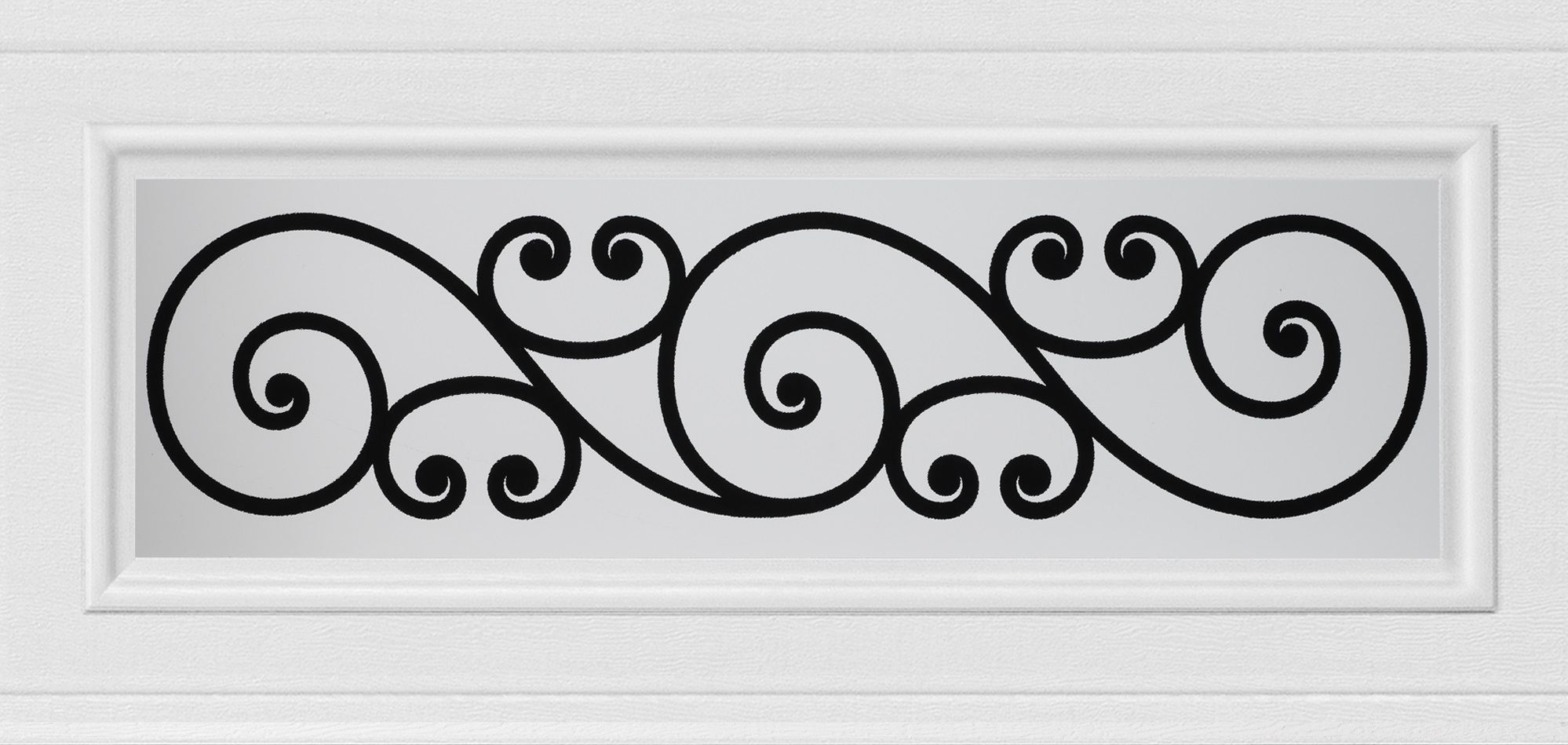
Insulated garage door are a great way to reduce your garage's temperature and save money on energy. Insulated garage doors are effective in keeping out noise and extreme weather, as well as protecting your belongings. You can replace your door with insulation or install a new one.
One of the simplest and most cost-effective forms of garage door insulation is a radiant barrier. This insulation kit costs half as much as a foam kit. Simply attach the kit to the door with plastic clips. This door insulation will keep the garage cool in the summer and warm for winter.
Polyurethane is another form of garage door insulation that is very popular. Polyurethane, a dense and fire-resistant synthetic material, is applied directly to the door frame. It is more durable than polystyrene and has many additional benefits. In addition to being a thermal insulator, polyurethane is resistant to all chemicals and can withstand temperatures up to 700 degrees Fahrenheit.

Insulated glass garage doors are a high-end choice. These modern designs are extremely popular. They add curb appeal to your house. They also allow for lots of natural light. They can also reduce noise and dampen the effects of street traffic.
A garage door with an insulated exterior is capable of controlling temperature. It helps maintain a consistent and comfortable garage temperature, something that is essential for food storage. With an insulated garage door, you can be certain that your family's food stays fresher for longer, and that your cars won't get damaged by fluctuations in temperature.
An insulated garage is also more efficient in keeping your garage cool in summer. The humidity and growth of mold can be exacerbated by the heat. If your garage is attached, you could experience damage to your possessions.
Here are some tips to help you decide whether or not you need an insulation garage door. You must lock your garage door when it is not in use. Second, be sure to insulate the roof and floor of your garage. Third, do not forget to insulate your walls. Fourth, and perhaps most importantly, install an insulation-certified door if you have enough money.

It's possible to save time, money and stress by using the right insulation on your door. You can make it a fun, exciting DIY project for your whole family. If you are ready for a door upgrade, you have the option to either hire a professional or do it yourself. There are many options available, including a stained-glass window.
FAQ
Which order should you renovate the house?
The roof. The second, the plumbing. Third, the wiring. Fourth, the walls. Fifth, the floors. Sixth, the windows. Seventh, the doors. Eighth, the kitchen. Ninth, bathrooms. Tenth is the garage.
Finally, you'll be ready for the attic after you've done all these things.
You can hire someone who will help you renovate your house if you are not sure how. You will need patience, time, and effort when renovating your own home. And it will take money too. You don't need to put in the effort or pay the money.
Renovations are not always cheap but can save you lots of money in long-term. Beautiful homes make life more enjoyable.
What is the difference between building a new home and gutting a current one?
A home gutting involves the removal of all interior items, including walls, floors ceilings, plumbing and electrical wiring, fixtures, appliances, and fixtures. It's often necessary when you're moving to a new house and want to make changes before you move in. Because of the many items involved in gutting a house, it is usually very costly. The average cost to gut home ranges from $10,000 to $20,000, depending on your job.
A builder builds a home by building a house frame-by-frame, then adds doors, windows, doors and cabinets to the walls. This usually happens after you have purchased lots of lands. Building a home is typically cheaper than renovating, and usually costs between $15,000-30,000.
It all comes down to what you want to do in the space. If you want to gut a home, you'll probably need to spend more because you'll be starting over. If you're building your home, however, you don't have to tear everything down and start over. You can build it the way you want it instead of waiting for someone else to come in and tear everything up.
How much does it cost for a shower to be tiled?
Do it yourself if possible. Full bathroom remodels are an investment. If you think about the long-term advantages of having a gorgeous space for years to follow, it makes good sense to invest quality fixtures.
The right tiles can make a huge difference in how your room looks and feels. So whether you're planning a small project or a major renovation, here's a quick guide to help you choose the best products for your home.
Decide the type of flooring that you want to install. You have many choices: ceramics, natural wood, stone, porcelain and even stone. Next, choose a style such as a classic subway tile or a geometric pattern. The last step is to choose a color scheme.
For large bathroom remodels, you will likely want the tiles to match the rest of your room. You might choose white subway tiles in the bathroom and kitchen, but use darker colors in other rooms.
Next, calculate the project's size. Is it time to update a small powder room? Do you want to add a walk-in wardrobe to your master bathroom?
After you have determined the scope of work, visit local shops to see samples. By doing this, you will get an idea of the product's installation methods.
For great deals on porcelain tiles, you can shop online. Many sellers offer bulk discounts and free shipping.
Do you think it is cheaper to remodel a kitchen or a bathroom?
Remodeling a bathroom or kitchen can be expensive. It might be more cost-effective to upgrade your home than you think, given how much you spend each month on energy bills.
Small upgrades can help you save thousands of dollars per year. A few small changes, such adding insulation to walls or ceilings, can cut down on heating and cooling costs. Even a simple addition can increase comfort and reduce resale costs.
It is essential to remember that renovations should be done with durable, easy-to-maintain materials. Material like porcelain tile, stainless-steel appliances, and solid wood flooring are more durable and can be repaired less often than vinyl or laminate countertops.
Altering old fixtures can also help reduce utility bills. For example, installing low-flow showerheads and faucets can lower water usage by up to 50 percent. Up to 75 percent of electricity can be saved by replacing inefficient lighting fixtures with compact fluorescent bulbs.
Why remodel my house when I could buy a new home?
It's true that houses get cheaper yearly, but you're still paying for the same square footage. You will pay more for the extra square footage, even though you might get more bang for you buck.
It's cheaper to maintain a house without much maintenance.
Remodeling instead of buying a brand new home can help you save thousands.
Remodeling your home will allow you to create a space that is unique and suits your life. Your home can be made more inviting for you and the family.
What are some of the largest costs associated with remodeling your kitchen?
A few key costs should be considered when planning a kitchen remodeling project. These include demolition, design fees, permits, materials, contractors, etc. However, these costs are quite small when taken individually. But when you combine them, they quickly add up to be quite significant.
Demolition is the most costly cost. This involves removing old cabinets, appliances and countertops as well as flooring. Next, you will need to remove insulation and drywall. You will then need to replace them with new items.
You will need to hire an architect for plans. The permits will be required to ensure the project complies with building codes. After that, you have to find someone to do the actual construction.
Finally, after the job is completed, you must pay the contractor. It is possible to spend anywhere from $20,000 up to $50,000 depending on the size and complexity of the job. That's why it is important to get estimates from multiple contractors before hiring one.
Planning can help you avoid many of these expenses. You may be eligible to get better prices on materials, or you might even be able skip some of your work. It is possible to save money and time by knowing what to do.
People often try to install their cabinets themselves. They believe this will save money, as they won’t have to hire professional installers. The problem is that they usually spend more money trying to figure out how to put the cabinets in place themselves. A job can typically be done in half the time than it would take for you by professionals.
Another way to save money is to buy unfinished materials. It is important to wait until all pieces have been assembled before buying pre-finished materials, such as cabinets. You can immediately use unfinished materials if you purchase them. Even if it doesn't go according to plan, you can always change your mind later.
Sometimes, however, it's not worth all the effort. It is important to plan your home improvement projects in order to save money.
Statistics
- Windows 3 – 4% Patio or backyard 2 – 5% (rocketmortgage.com)
- About 33 percent of people report renovating their primary bedroom to increase livability and overall function. (rocketmortgage.com)
- According to a survey of renovations in the top 50 U.S. metro cities by Houzz, people spend $15,000 on average per renovation project. (rocketmortgage.com)
- Following the effects of COVID-19, homeowners spent 48% less on their renovation costs than before the pandemic 1 2 (rocketmortgage.com)
- Attic or basement 10 – 15% (rocketmortgage.com)
External Links
How To
How to Install Porch Flooring
Although porch flooring installation is simple, it requires some planning and preparation. Laying a concrete slab is the best way to install porch flooring. A plywood deck board can be used in place of a concrete slab if you do have limited access. This allows you to install your porch flooring without spending a lot of money on a concrete slab.
The first step when installing porch flooring is to secure the subfloor (the plywood). Measure the porch width and cut two pieces of wood to fit the porch. These strips should be placed along both sides of the porch. Then, attach the strips to the walls by nailing them in place.
You must prepare the area in which you plan to place the porch flooring after you secure the subfloor. This involves typically cutting the top layer from the floorboards to fit the area. The porch flooring must be finished. Polyurethane is the most common finish. A stain can be applied to porch flooring. It is much easier to stain than to apply a clear coat. You only have to sand the stained areas once you have applied the final coat.
After completing these tasks, it's time to install your porch flooring. Start by measuring and marking the location of the porch flooring. Next, cut the porch flooring according to your measurements. Next, place the porch flooring and attach it with nails.
If you wish to improve the stability of your porch flooring, you can add porch stairs. Like porch flooring, porch stairs are typically made from hardwood. Some people prefer to add their porch stairs before installing their porch flooring.
After you've installed the porch flooring, it's time for you to complete your project. You will first need to remove the porch flooring, and then replace it with a brand new one. Next, remove any debris. Be sure to remove all dirt and dust from your home.